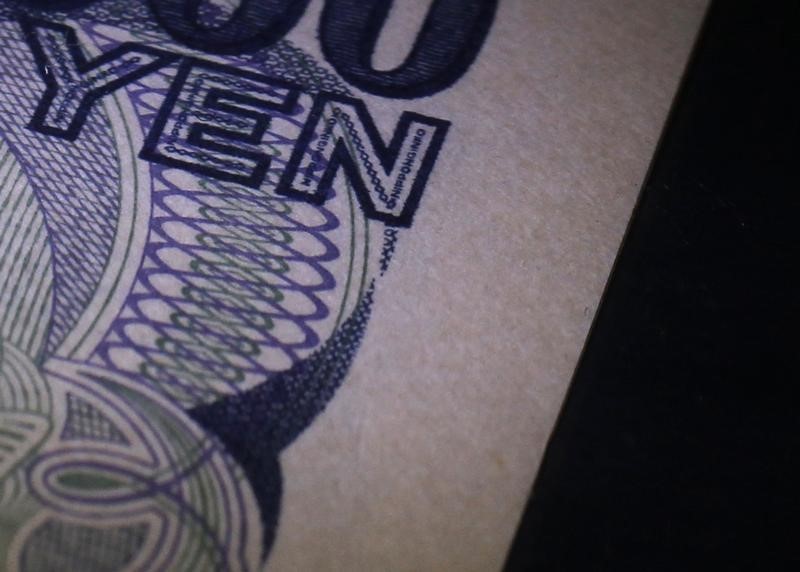By Tom Westbrook
SINGAPORE (Reuters) - The dollar began the week firmly and within a whisker of milestone peaks against the euro and yen on Monday, as U.S. economic strength and a vaccine rollout proceeding much more quickly than in Europe drew investors into the greenback.
The euro sat at $1.1788, not far above last week's four-and-a-half-month trough of $1.1762 and well below its 200-day moving average of about $1.1866.
The common currency is heading for its worst month since mid-2019 as Europe's faltering vaccination programme runs into a wave of new infections, a bearish signal as positioning data shows investors remain heavily long euros.
The yen stood just shy of strong resistance and Friday's 10-month low of 109.85 per dollar to trade at 109.77 early in the Asia session.
The yen is sensitive to gaps in returns on U.S. and Japanese government debt.
This year's 76-basis-point rise in 10-year Treasury yields - as the U.S. economy rebounds - has opened the gap to its widest since last February. That has drawn Japanese investment, which has in turn helped push the yen down nearly 6% for the quarter.
The U.S. dollar index rose 0.8% to 92.773 and the dollar steadied against the risk-sensitive Aussie, kiwi and sterling, having fallen late on Friday with the positive mood.
Over the quarter the dollar has posted a 0.8% loss on the pound, which has been supported by Britain's speedy vaccination rollout, a 0.8% gain on the Australian dollar and a 2.7% gain against the kiwi, which has been hit by housing market reforms.
The Aussie was last down 0.1% at $0.7631 on Monday and the New Zealand dollar fell by the same margin to $0.6989, while sterling slipped 0.1% as well to $1.3784.
"The U.S. is also being helped on its own by some pretty good economic data, fantastic rollout of vaccines, good pace of vaccination and (positive) stock markets," said Westpac currency analyst Imre Speizer.
"The domestic economy is doing better than expected and likely to be the case for the next few months, so that might hold the U.S. dollar up and that's what's caused the Aussie, kiwi and emerging-market currencies to pullback in March."
U.S. jobless claims fell to a one-year low last week and President Joe Biden said he would double his vaccination goal, after surpassing 100 million shots 42 days ahead of schedule.
In contrast, European inoculations have plagued by supply problems and safety concerns.
Last week, the head of Germany's Robert Koch Institute for infectious diseases also warned a third wave of the virus could be the worst so far, and on Sunday Chancellor Angela Merkel raised the possibility of curfews to bring it under control.
Besides infection and inoculation counts, investors looking to Purchasing Managers Index figures due midweek and for some details of U.S. President Joe Biden's infrastructure spending plan.
However the main data will be U.S. hiring figures due on Good Friday.
"The distribution of forecasts range from 460,000 to 1 million (jobs), where the whisper number sits at the top end of the range," said Pepperstone's head of research, Chris Weston.
"One million jobs would set the reflation trades alight, with the S&P500 outperforming, led by cyclicals and cause a solid sell-off in bond yields taking USD/JPY and USD/CHF higher," he said. "The euro should push through last weeks lows of 1.1761 and towards 1.1690."

